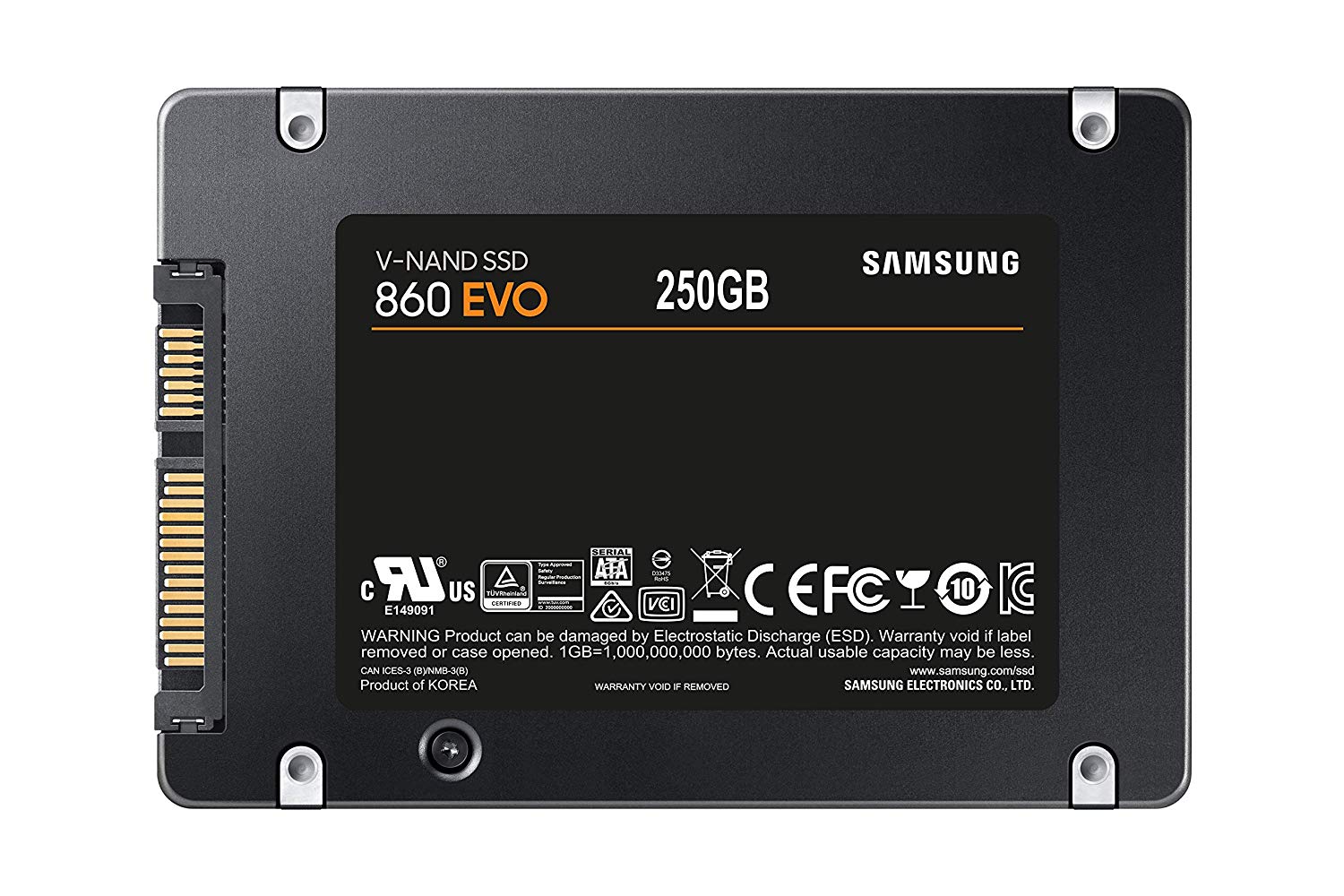

- BEST SSD FOR MAC OS X 2015 INSTALL
- BEST SSD FOR MAC OS X 2015 DRIVERS
- BEST SSD FOR MAC OS X 2015 PATCH
BEST SSD FOR MAC OS X 2015 PATCH
System supportįinally for the system, macOS now support NVMe SSDs, from unofficially OSX El Capitan (with a patch to boot) and natively macOS High Sierra (even as boot, see an article about the NVME support and a confirmation from the Hackintosh community). So Sintech may have given these NVMe SSD as incompatible not because of the adapter incompatibility, but because of the destination OS incompatibility. From a Youtube comment on a upgrade video with a AHCI SSD and the Sintech adapter. I emailed the store which sell that adapter and problem is that macOS doesn't support 3rd party NVMe SSDs, but Windows 10 and Linux do.
BEST SSD FOR MAC OS X 2015 DRIVERS
Then for the interface, what I understand from AHCI/NVMe is that it is only a controller interface, depending on the system drivers on the MacBook and not on the hardware itself. It seems they simply give as compatible the list of the AHCI SSDs they've tested, and as incompatible the most known NVMe SSD models. The product page clearly stipules only compatible with a limited set of AHCI SSDs, but I do not see any reason for these "incompatibilities", as there is no other software/hardware standards for the PCIe M.2 AHCI models. NVMe SSD compatibility? Connector adapterĪt first for the connector, I often seen the Sintech adapter recommended to use the AHCI SSD above in a MacBook Air/Pro. So standard PCIe M.2 devices seems to be up to 3x cheaper than the MacBook PCIe M.2 SSD. Kingston Digital HyperX Predator: $300 for 480GB.

BEST SSD FOR MAC OS X 2015 INSTALL
You then use the USB drive to install OS X on your Mac. You can then transfer the download to a USB drive. From this, you can go to the App Store and download and install newer versions of OS X.Īn alternative would be to use another Mac to download OS X. You can use Internet Recovery to install the version of OS X that came with your machine. Also, I do not know if you were using Core Storage and if so, how this would effect the ability to erase the Recovery partition.Įvidentially, you can now only boot using OS X Internet Recovery. Evidently, this would be much harder (or perhaps impossible) to do if El Capitan was installed. There is the possibility you could have erased the Recovery partition by using the Disk Utility if you had Yosemite installed. The tags you placed on the question suggest you have upgraded to El Capitan (OS X 10.11).

Your model Mac was shipped with Yosemite (OS X 10.10) installed.


 0 kommentar(er)
0 kommentar(er)
